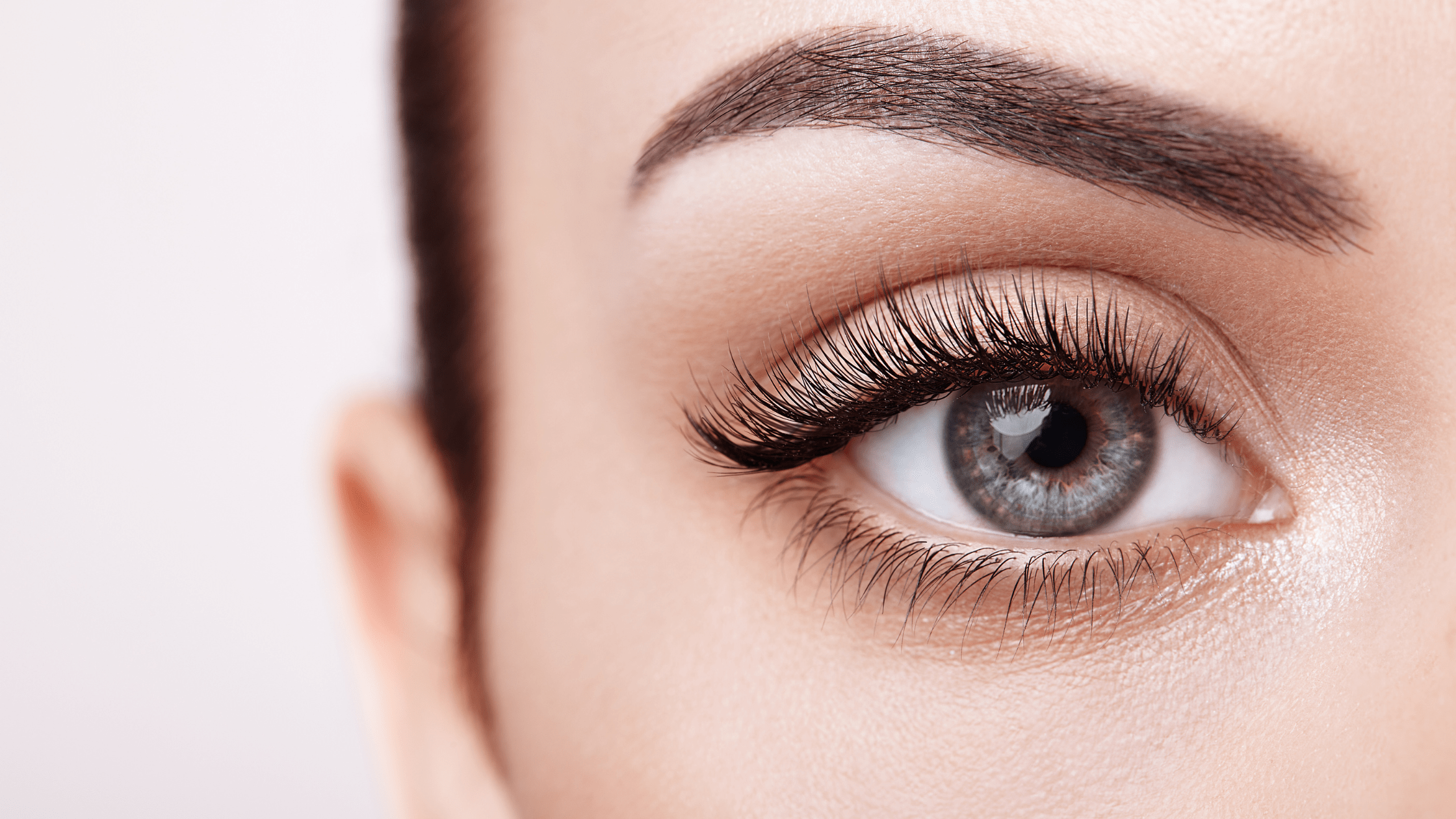
Undergoing Blepharoplasty: What to Expect
Known as an eyelid lift, Blepharoplasty removes excess eyelid skin and sometimes fat to address droopy skin around the eyes. The muscles that support the eyelids can weaken as you age. Blepharoplasty expert Dr. Catherine Chang performs this surgery to correct drooping eyelids and to reduce bags under the eyes.
Blepharoplasty is one of the most common cosmetic facial procedures, performed at Dr. Catherine Chang’s Beverly Hills practice. Many patients oftentimes seek blepharoplasty surgery to make their eyes appear less tired or to improve symmetry. Knowing what to expect after the procedure is important and can make the process less overwhelming. We have complied what to expect from undergoing a blepharoplasty (eyelid lift) including what to do post-surgery.
What is Blepharoplasty?
Blepharoplasty is a surgical procedure that rejuvenates both the upper or lower eyelids. Dr. Chang aims to alter your eyelids in a way that complements your face and maintains a naturally balanced, bright-eyed appearance. Eyelid surgery is a subtle yet effective way to take years off your face. Your results will look entirely natural, with incisions hidden in natural creases of the eyelid that make them unnoticeable.
An upper blepharoplasty may include excision of drooping eyelid skin, repair of the muscle that opens the eyes, and removal of excess fat.
A transcutaneous lower eyelid blepharoplasty procedure corrects puffy under eye bags by repositioning and when needed removing fat and skin from the area. Lower eyelid lifts also help to address sagging lower lids.
WHO IS A CANDIDATE FOR Blepharoplasty?
There are many reasons to consider eyelid surgery. For example, patients who have loose skin on the upper or lower eyelids are generally great candidates.
You may also be a good candidate for blepharoplasty if:
- You have loose skin that folds and impacts the natural contour of the eye
- You have loose or sagging eyelids that impair vision
- You have fatty deposits that cause puffiness and bags
- You have droopiness of either the upper, lower, or both eyelids
Preparing for Surgery
It will be necessary for you to arrange for someone else to drive you home following your eyelid lift surgery. Make a plan and stay organized during the healing process by staying home from work and limiting your activities. On the night of the procedure, it is a good idea to have someone with you. The symptoms of dry eyes can last for up to two weeks after surgery, but they rarely persist. Seek medical attention if you suffer from dry eyes for more than two weeks.
THE PROCEDURE
The eyelid lift surgery can be completed within a few hours, which means you can go home as soon as it is completed. There are only a few people who require general anesthesia. Dr. Chang begins by injecting numbing medication into your eyelids.
During an upper eyelid blepharoplasty procedure, Dr. Chang meticulously incision along the fold of the upper eyelid to removes excess skin, muscle and possibly fat. She then closes the incisions with small sutures.
During a lower eyelid blepharoplasty procedure, Dr. Chang makes a small, thin incision cut just below the lash line and the eye’s natural crease or inside the lower lid. She then removes or redistributes excess fat, muscle, and sagging skin, and sutures the incisions with small sutures.
What to expect: RECOVERY & AFTERCARE
After eyelid surgery, you will experience mild discomfort around your eyes. Your eyes may feel tender and warm, and you may also experience blurred vision and temporary minor sight impairments during the first day after the procedure. This is more common with lower eyelid surgery.
These symptoms can last up to a week post-op. Cold compress can be used to decrease swelling. It’s also important to sleep with your head elevated while also limiting physical activity.
Avoid straining your eyes as much as possible. Activities such as reading, watching TV, or looking at any kind of screen can cause eye strain. You’ll also want to be mindful of rubbing your eyes, even when they itch, as this can affect the incisions and may cause further discomfort and swelling.
Most patients return to work and normal daily activities after a week. However, you should refrain from strenuous exercise for at least three weeks. This provides plenty of time for swelling to go down while also allowing stitches to fully dissolve.
Bruising & Swelling
Initial swelling and bruising typically subsides after 1-2 weeks. You can expect to see final results in about 6 to 8 months. Subtle to moderate swelling and bruising are normal, though the severity of it will differ significantly from patient to patient. Swelling will decrease within just 1-2 weeks if you have had an upper eyelid blepharoplasty, whereas an upper and lower eyelid blepharoplasty takes 2-4 weeks.
Pain
After eyelid surgery, patients will experience mild discomfort around their eyes. The eyes may feel tender and warm, and patient’s may also experience blurred vision and temporary minor sight impairments during the first day after the procedure. (This is more common with lower eyelid surgery.) Blepharoplasty is generally not a painful procedure and the recovery is relatively easy. Pain directly after surgery is mild and can be managed with over-the-counter medication.
Blepharoplasty in Beverly Hills, CA
When it comes to a blepharoplasty procedure, our skilled surgeon Dr. Chang has extensive experience performing eyelid lifts in Los Angeles. She uses her techniques to perform upper blepharoplasty and lower blepharoplasty to treat common signs of aging that develop around your eyes. As the leading eyelid surgeon, Dr. Catherine Chang is able to correct excessive amounts of skin around your eyes and make them appear firmer and rejuvenated. To learn more about your options with blepharoplasty contact Privé Beverly Hills to set up a consultation with Dr. Catherine Chang by calling (310) 424– 5330 or by requesting an appointment online.
